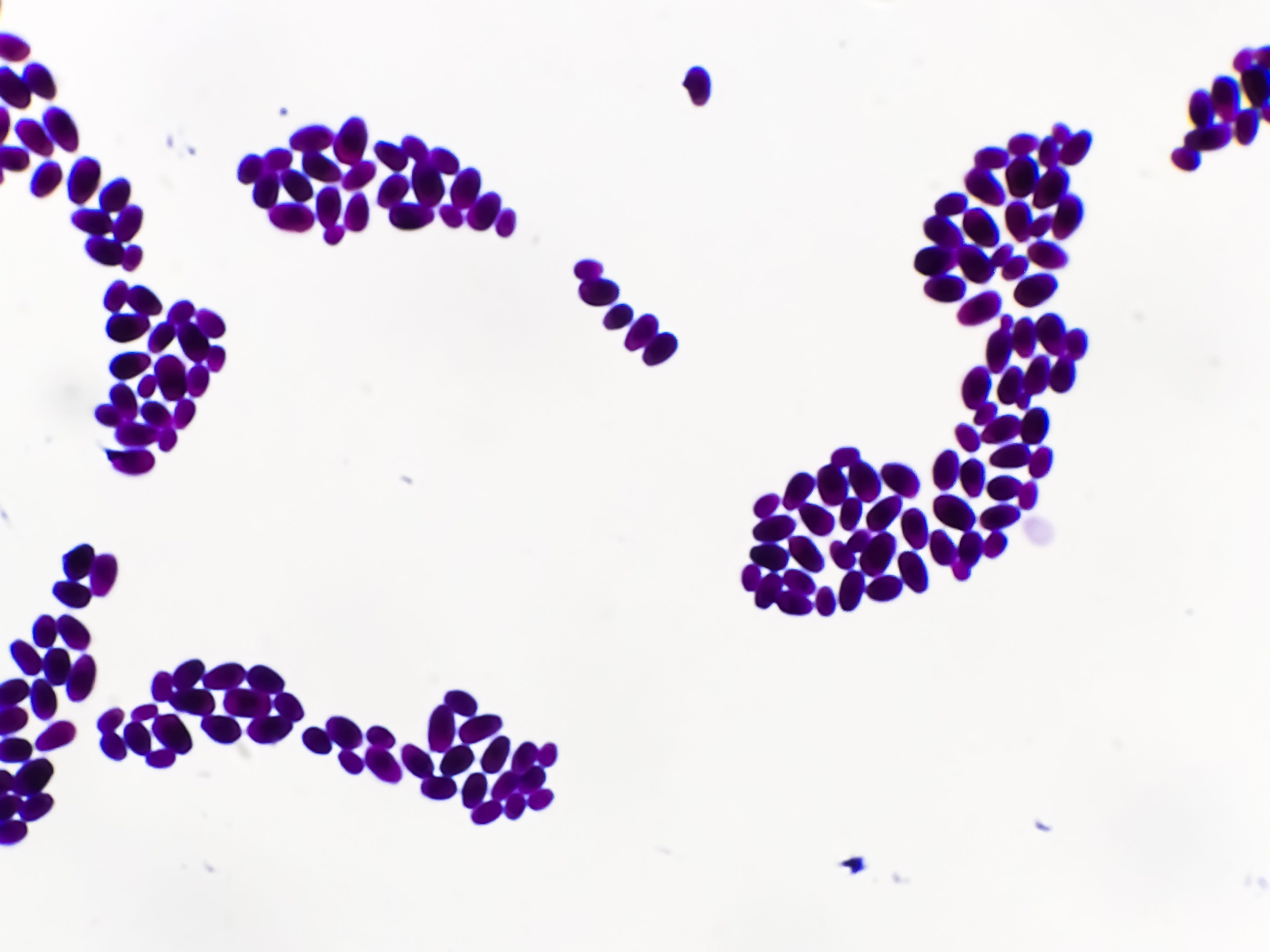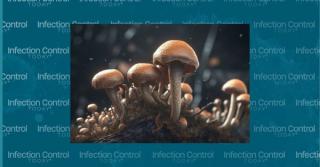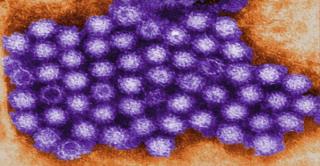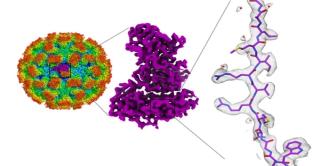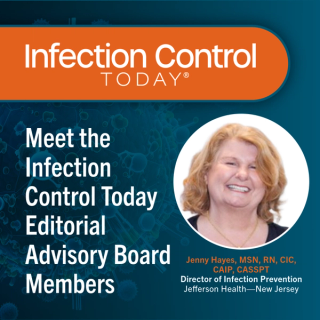
Long-Term Care
Latest News

Latest Videos

More News

Check out the latest print edition of Infection Control Today: September/October 2025.

Infection prevention cannot succeed in silos. From acute care hospitals to long-term care facilities, interdisciplinary teams bring diverse expertise together, transforming safety from an individual responsibility into a shared culture. It’s time for leaders to champion collaboration, empower every role, and embed IPC into daily care delivery.

Here are the formal rules for the 2024 Winner of the Infection Control Today’s Educator of the Year Award™.

As drug-resistant infections rise, infection preventionists must look beyond outdated disinfectants. HOCl offers a safer, sustainable solution that has been proven effective, residue-free, and ready for health care use today.
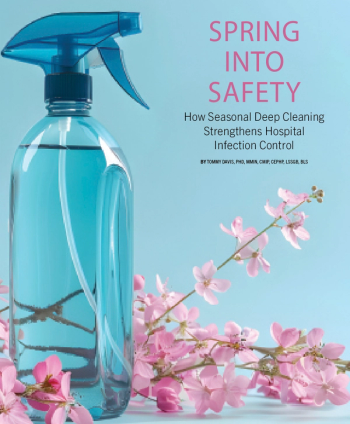
Rooted in ancient rituals of renewal, spring-cleaning has evolved from cultural tradition to a vital infection prevention strategy in modern hospitals—one that blends seasonal deep cleaning with advanced disinfection to reduce pathogens, improve air quality, and protect patients.
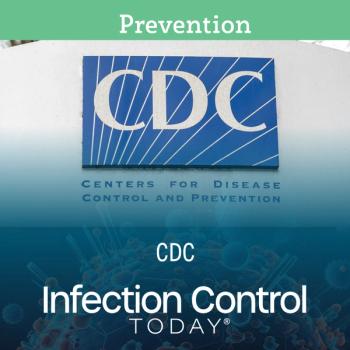
The disbanding of HICPAC has left infection prevention experts scrambling to preserve national standards and ensure continuity amid growing concern over science-driven public health policy. Connie Steed, MSN, RN, CIC, FAPIC, speaks with ICT.

The abrupt disbanding of HICPAC silences decades of infection control expertise, leaving health care workers without unified guidance as deadly threats to patient safety rise.

Reusable health care textiles enhance infection prevention, reduce waste, and strengthen supply chains. Hygienically clean textiles offer a sustainable, cost-effective alternative to disposable PPE, ensuring patient safety and environmental responsibility.

HHS’s move to eliminate public input on health policies threatens patient safety and infection prevention. APIC demands transparency, accountability, and urgent action to protect public health.

Silent threats lurk within—heart infections can stem from unnoticed bacteria, viruses, or fungi. Infection preventionists hold the power to stop these hidden killers before they strike.

The Advanced Leadership Certification in Infection Prevention (AL-CIP) validates leadership, expertise, and strategic decision-making in infection control. Learn why top professionals pursue this certification and how it enhances careers, and apply for yours today!
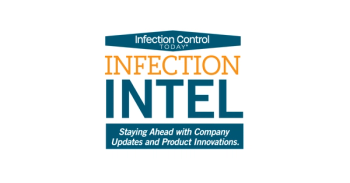
GermZAPP is an affordable hand hygiene system designed to educate, monitor, and encourage adherence in schools, nursing homes, and health care settings, effectively addressing gaps in infection control.

Fungal infections are a rising global threat, with antifungal resistance complicating treatment. Neil J. Clancy, MD, emphasizes the urgent need for research, better diagnostics, and stronger infection prevention strategies.
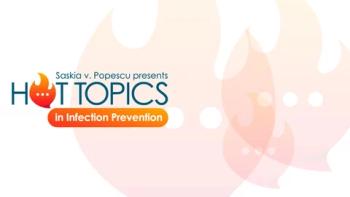
This week's edition of Hot Topics in IPC covers the latest in Trump's executive orders and in avian flu.
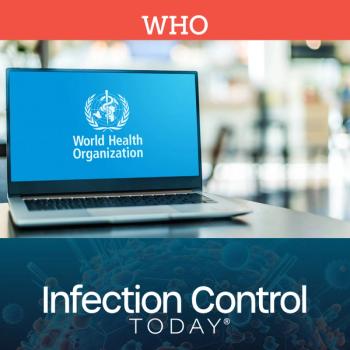
The US CDC's sudden cutoff from WHO threatens global health security, leaving infection preventionists scrambling to track deadly outbreaks like Marburg virus, mpox, and avian flu.
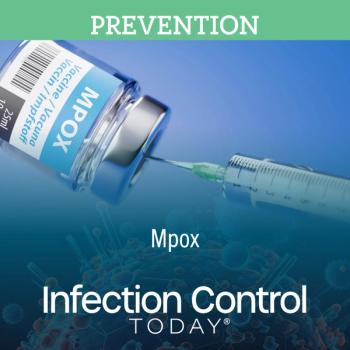
A CNA unknowingly worked while infectious with mpox, exposing 56 residents. Yet, no secondary infections occurred, highlighting the power of standard precautions in healthcare settings.

Antibiotic stewardship in long-term care facilities relies on McGeer and Loeb criteria to guide infection surveillance and appropriate prescribing, ensuring better outcomes for residents and reducing resistance.

Explore APIC’s groundbreaking framework for defining and documenting infection preventionist competency. Christine Zirges, DNP, ACNS-BC, CIC, FAPIC, shares insights on advancing professional growth, improving patient safety, and navigating regulatory challenges.

Get Well’s digital patient engagement platform decreases hospital-acquired infection rates by 31%, improves patient education, and fosters involvement in personalized care plans through real-time interaction tools.

Regulatory surveys in long-term care settings focus heavily on infection prevention, with F880 frequently cited. Facilities should ensure thorough infection control training for all staff and partners.

Take 5 minutes to catch up on Infection Control Today’s highlights for the week ending October 27, 2024.
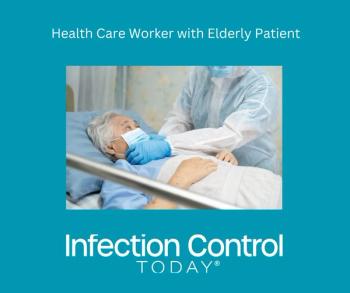
Research finds Enhanced Barrier Precautions reduce MDRO transmission in nursing homes, though challenges persist with gown usage, education, and comfort during high-contact care activities.

A recent study explores individual, organizational, and environmental factors influencing home care providers' adherence to facial protective equipment (FPE) to improve future pandemic preparedness.
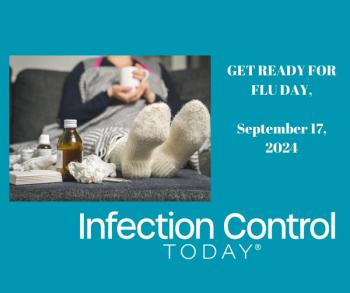
Alesia McKeown, PhD, discusses the pivotal role of cutting-edge diagnostic technologies in enhancing infection prevention, especially in high-risk health care environments, during an interview with Infection Control Today.
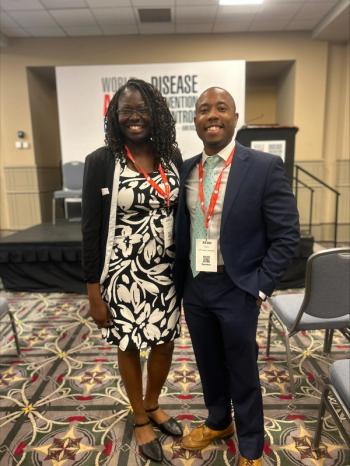
Sean Brown’s 2024 Disease Prevention Summit presentation emphasized leveraging technology, prioritizing high-risk patients, and environmental surveillance to enhance infection prevention and control strategies.



